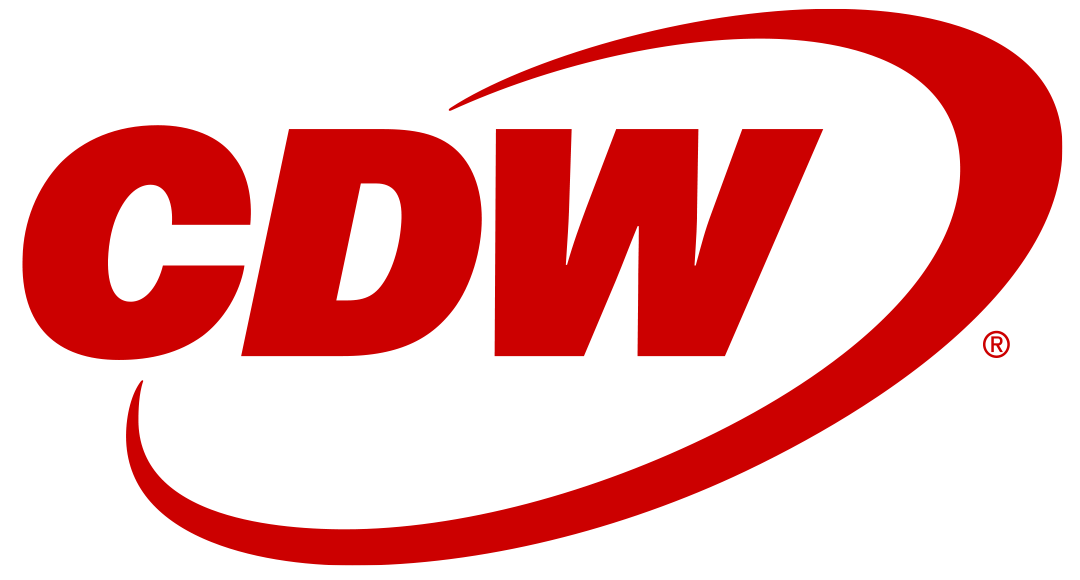
Your IT backbone serves as the nerve center of business operations, influencing efficiency, adaptability, and ultimately, the bottom line. As technology continually reshapes the business landscape, the importance of staying current and adaptable is vital for survival and growth. In a recent post I listed infrastructure assessment as one of the Five Strategies for a Successful Cloud Migration. To understand the essential steps of assessing your IT infrastructure, we need to understand the purpose behind the assessment, the components, and the integral role it plays in ensuring organizational success.
A strategic IT infrastructure assessment is not just a checklist exercise; it’s a pivotal component of forward-thinking business strategy. By clearly defining goals and objectives, organizations can align their technology endeavors with broader business planning. This alignment ensures that the IT infrastructure isn't just a support system but a driving force behind achieving business outcomes. The assessment then becomes a compass, guiding decision-makers towards technological investments that resonate with the overall business vision.
Your IT infrastructure is a dynamic ecosystem encompassing hardware, software, and networking. It takes a lot of expertise to curate this ecosystem and communicating the finer points can really bog down the assessment process. So, to get started you will need to create a roadmap. This serves as a reference point for the technical and non-technical stakeholders, keeping the assessment aligned with the goals and objectives needed to achieve desired business outcomes. This roadmap diagrams high-level outcomes with their supporting functions and brings clarity to prioritization and heading for decision makers. For the technical stakeholders, the roadmap will form the context of the assessment by providing meaningful insight into current values versus what is desired.
Roadmap in hand, a thorough inventory of your IT assets can be very eye-opening. This includes cataloging hardware assets such as servers and workstations, taking note of every device contributing to the ecosystem. Software assets, from critical applications to the licenses governing their use, are equally vital. Simultaneously, a detailed overview of your network infrastructure, encompassing topology and configuration details, paints a holistic picture of your IT landscape.
What about Data? Not the servers it is stored in, but the information itself. Blind spots in this assessment can cripple momentum and undermine business outcomes. Best practices, Standard Operating Procedures (SOP), and Standard Maintenance Procedures (SMP) all support your infrastructure and should be included in the assessment. Not assessing- or not fully assessing your current infrastructure can lead to a cascade of challenges and setbacks.
For example, legacy applications often have intricate interdependencies that, when unidentified, can lead to functionality issues, data inconsistencies, and system failures following system changes. You might experience performance bottlenecks due to suboptimal resource allocation, diminished application performance, and increased latency. Inadvertently exposed sensitive data or overlooked compliance requirements could result in regulatory non-compliance, data breaches, and reputational damage, posing severe risks to the organization. Without a clear understanding of your current resource utilization and workload patterns, you may over-provision or under-provision resources, impacting both budget and operational efficiency.
Efficiency is the lifeblood of IT infrastructure. Assessing hardware performance involves scrutinizing the utilization of CPU, memory, and network bandwidth. Understanding application response times and identifying resource-intensive processes ensures optimal performance. Simultaneously, capacity planning provides a glimpse into the future, allowing organizations to scale resources judiciously, ensuring that growth doesn't outpace infrastructure capabilities.
Assessing security in your infrastructure must be done with future needs in mind. A security system that cannot scale with your demand is a bottleneck for business and therefore (due to a conflict in interest) not secure. Evaluating your infrastructure’s security measures, from firewall configurations to intrusion detection systems, is as important to ensuring compliance with industry regulations. In addition, performing a comprehensive risk assessment unveils potential cybersecurity threats and paves the way for robust business continuity planning. Identifying points of failure within the infrastructure, and subsequently implementing redundancy strategies and mitigation plans, fortifies the organization against unforeseen disruptions.
An infrastructure assessment is only as good as the actionable insights it provides. The data from the assessment should be compiled with the roadmap to provide a comprehensive report that offers stakeholders direct paths between changes and the business outcomes they support.
Assessing your IT infrastructure is not a one-time event; it's an ongoing commitment to adaptability and excellence. As your business evolves, the roadmap will need to be updated. As technology advances, the ongoing assessments will keep business outcomes supported. Businesses that proactively evaluate and enhance their IT backbone will remain resilient amongst emerging technologies and changing markets. While a proper IT infrastructure assessment can be an intimidating task, you are not alone. Experts from around the world have brought together services and support to make the process easier.
Guiding Your Transformation Journey
CDW’s Cloud Readiness Assessment (CRA) is designed to help organizations decide if cloud adoption and migration aligns with their business goals and objectives. An experienced team of cloud architects will evaluate your organizational readiness across a spectrum of topics, ranging from current operating models to governance and security requirements. In addition, a detailed analysis of existing IT infrastructure and application portfolio is performed. From all that data, a comprehensive gap analysis, Total Cost of Ownership (TCO) calculations, and migration strategies are created, unique for your organization. Leverage the output to align executive leadership and key stakeholders on transformation goals, build cost-efficient migration strategies, and make data-backed decisions.
Using CDW’s decades of experience helping our customers adapt to changing trends in technology, our teams will work closely with key stakeholders on identifying roadblocks to a successful cloud journey. Through the lens of people, processes and technology, a thorough gap analysis is provided, comparing your organization’s unique needs with industry best practices, frameworks, and CDW’s extensive experience with cloud migrations. Together, we’ll develop a business case and strategy for cloud migration that is low-risk, cost efficient, and aligned with your business requirements and goals.

